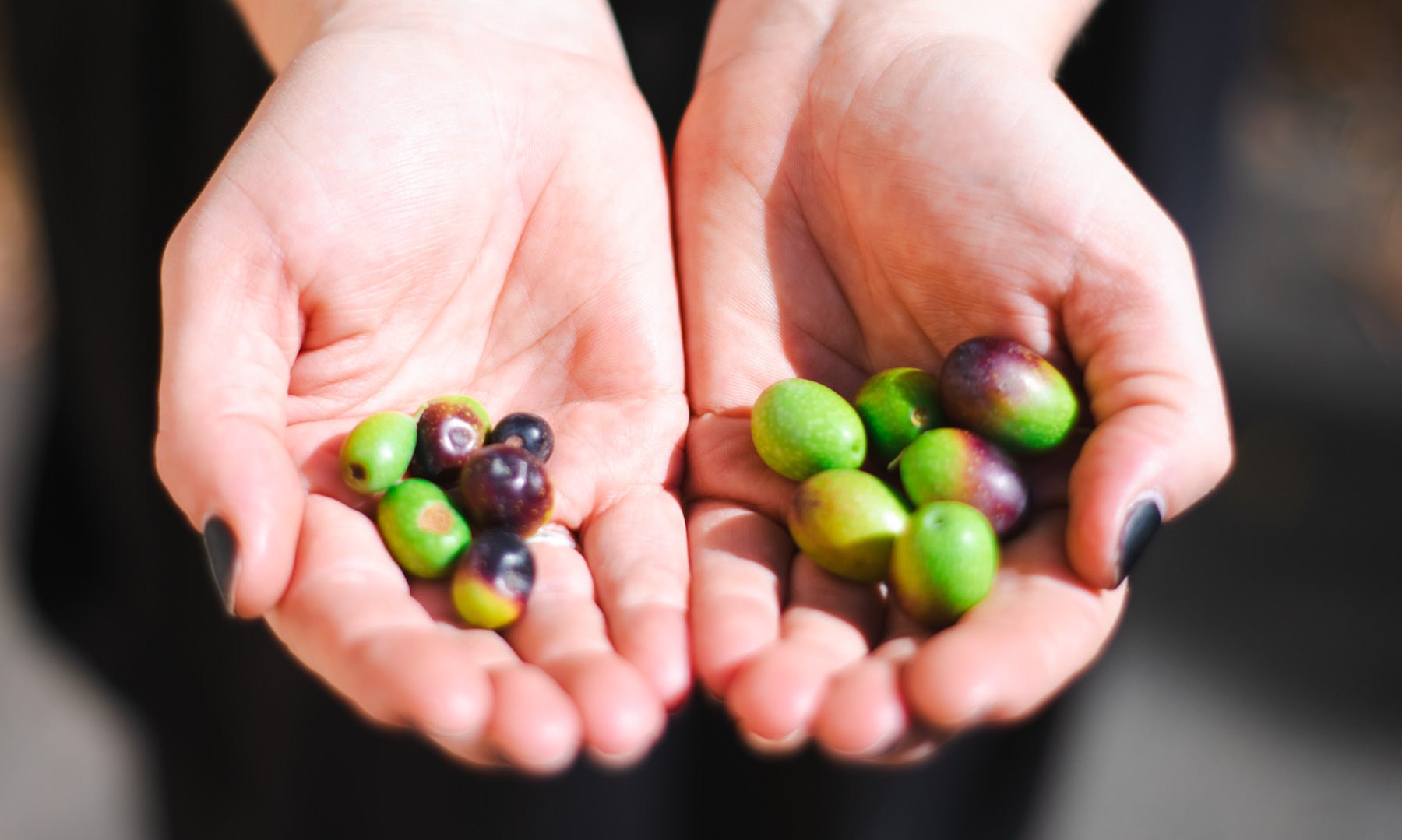Pesto alla Trapanese (Sicilian Pesto)

10 Minutes
10-15 Minutes
4-6 People
Pasta
Sicilia, IT
Pesto alla Trapanese is a delightful pesto from Sicily. Built in similar ways to the Pesto Genovese that is more familiar stateside, this pesto includes tomatoes, substitutes almonds for pine nuts, and traditionally uses a Pecorino Siciliano: fresher than the more familiar Romano but more grassy and tart than Parmesan.
This dish is traditionally made in a mortar & pestle (the word 'pesto' is derived from the Italian word meaning 'to pound'), and I ascribe to this method. The contrasting colors of the ingredients have a tendency to muddy each other up so I like to pound each one separately and then fold them together so that the colors of the ingredients really pop. I have also used a food processor to good effect, and as long as the ingredients are processed separately and then folded together, you should still get a delicious, beautiful pesto.
The traditional method of finishing pasta in a pan with its sauce can quickly turn the dial down on this dish from an “11” to a “1,” as its bright and vibrant flavors don’t hold up very well to much heat. Instead, I like to use the drained liquid from the tomatoes with a bit of pasta water and some good EVOO to finish the pasta in - which helps build up a base for the sauce that can hold it all together - before briefly adding the pesto to heat it through and coat the noodles.
The result is a plate of pasta that is at once lively and hearty. Buon appetito!

Ingredients
- 1 Pound Dried Pasta (Busiate, or other short pasta ideal for holding the sauce)
8 Cloves Garlic, peeled (45 g)
1 ½ tsp Salt (5 g) plus more for almonds
2 Cups Packed Fresh Basil Leaves (60 g)
1 Cup Almonds (or walnuts) (80 g)
2 Cups Cherry Tomatoes (300 g)
4 TBSP EVOO (50 g)
½ Cup Pecorino or Parmesan (or a 50/50 mix of both - See Note), grated finely (50 g)
To Finish
Vegan Modification
- Substitute 1 TBSP nutritional yeast and 1-2 TBS lacto-fermented brine for Pecorino/Parmesan
Recipe
Step 1
Prep The Tomatoes: You can process the tomatoes using any of the following methods:
a) Smash the tomatoes in a mortar & pestle or
(b) gently puree by pulsing tomatoes in a food processor, or
(c) finely chop the tomatoes.
The texture should be even and consistent but still pulpy - not completely liquefied, but not having large, unwieldy chunks.
Mix in the salt to help release the liquid from the tomatoes before adding the tomatoes to a large colander or strainer and pressing out the liquids into a bowl. Reserve the tomato liquids, and add the tomato separated pulp to a large mixing bowl.

Step 2
Prep The Almonds and Garlic: Add almonds to a pan and heat on medium heat with a drizzle of good cooking EVOO and a pinch of fine salt. Toss until fragrant and starting to develop color. Add to mortar & pestle or food processor and process until it becomes a fine powder. Add garlic and continue processing until garlic and almonds form a coarse paste. Transfer to the mixing bowl with tomato pulp.

Step 3
Prep Basil: Chop basil and add to mortar & pestle and smash, or add to a food processor and spin until past-ey. Transfer to the large mixing bowl.
Step 4
Finish the Pesto: Grate cheese, then add along with EVOO to the mixing bowl. Gently fold ingredients to combine.

Step 5
Boil the Pasta: Bring 3 quarts of water to boil with a tablespoon of salt. Add pasta and cook according to label instructions. Drain, reserving about a ¼ cup of the pasta water.
Step 6
Finish The Pasta: Return pasta to pot and set heat to medium, then add pasta water, tomato liquids, and a generous drizzle (1-2 TBS) of good cooking EVOO. Taste the noodles and season them with salt if needed (they should be mild and pleasant, but not bland). Cook, stirring frequently, until liquids have started to set and begun to form a bit of a sauce. Add pesto and fold in gently. Cook for ~30 seconds until the pesto is just barely heated through. Serve immediately, topping the pasta with more cheese, pangrattato, and spices and enjoy!

Notes for Pesto alla Trapanese
Pecorino Siciliano would be the traditional cheese to use for this dish. It is a semi-hard sheep’s milk cheese that is more tangy and grassy than Parmesan, but nuttier and more mild in it’s funkiness than Pecorino Romano.
Unfortunately, you may not be able to find Pecorino Siciliano for this dish. I have made it with both Parmesan and Pecorino Romano with excellent results, and I prefer a 50/50 mix of both for this dish, but I wouldn’t make a special trip to the store to get Pecorino Romano if I already had some Parmesan. Alternatively, a Manchego would work really well as a substitute for Pecorino Siciliano.






